Sealing the Ozone Hole: Lessons from the Montreal Protocol
The progress of the Montreal Protocol till now is, however, not without hiccups and bumps
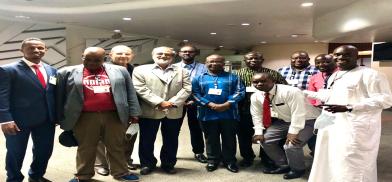
Ever wondered what happened to the Ozone Hole? Sixty per cent of the world’s population today is born after that life-threatening Ozone Hole was discovered. But that is not the only reason why the world has nearly forgotten about that horrific crisis. It has been researched that by nature; people remember failures more than successes. Psychologically, failure, like lifelong injury marks, sticks in the mind more than happy-ending stories. Humanity has time and again shown the penchant to learn from failures rather than from successes. Failures linger, and successes are written off.
The negotiations in the Preparatory Meeting Bangkok in July 2022, before the 34th main Meeting of the Parties (MOP) in November 2022, are a fitting example to describe how the ozone negotiators are getting ready for the completing unfinished agenda.
Hardly any mainstream media took note of these forward-looking discussions. How the delegates agreed to convert the last day of the preparatory meeting into the extraordinary meeting of the Parties only to approve the budget for the triennium period 2021-2023, so that implementation of the Montreal Protocol proceeds smoothly was nothing less than example-extraordinary.
Let us rewind fast backward. In the 1970s and 1980s, the world was in grip of a catastrophic atmospheric crisis. ‘Hole in the sky’ was the term formulated by the smart media at that time. Though the term was figurative, it signaled the serious depletion of the formidable life shield around the Earth, called as Stratospheric Ozone Layer. That weakening of the Ozone Layer 15-30 km above the surface of the Earth allowed life-threatening UV rays from the Sun to penetrate and fall on the Earth. The consequences included not only an increase in incidences of skin cancers but adverse impacts on the human immune system, and a decrease in agricultural production and marine life. The whole life on our planet was facing an existential threat.
Reducing CFCs
The success of reducing and eliminating the production and consumption of nearly 100 man-made ozone-depleting chemicals and gases was historical. Those chemicals, the most well-known of them were Chlorofluorocarbons (CFCs), which were at one time essential for the progress and development of humanity. They were used, for example, for the preservation of food in refrigerators and cold storage, for air conditioning in hospitals and homes, as medical aerosols for asthma and respiratory diseases, as pesticides to enhance food production, as feedstock to manufacture other essential chemicals and plastics and so on. The only answer to seal the Ozone Hole caused by man was to eliminate the production and consumption of such manmade chemicals.
Surprisingly that was indeed achieved with alternative technologies developed by the scientists and technologists. The Ozone Layer was set on the path of recovery. Voluminous reports backed by actual measurements published every four years confirmed that.
In reality, by the year 2000, the smell of success was in the air. Convening power was skillfully deployed by United Nations Environment Programme (UNEP) right from the 1970s. That led to science-based negotiations. The main three issues, that appeared to slow down the progress were resolved by proactive and well-intended collaborative actions by the developed and developing countries. First the industry’s denial mode towards the science of ozone depletion0pinned down the man-made ozone-depleting substances to the ozone depletion. Second, the incremental cost needed by the developing countries was agreed upon after the proactive leadership of former UK Prime Minister Margaret Thatcher and US President Ronald Reagan.
Developing countries succeeded in negotiating the principle of ‘Polluter to Pay’ and developed countries accepted it quickly due to the historical fact that it was developed countries who caused the majority of damage to the Ozone Layer. Third, developing countries joined the global efforts establishing yet another principle, ‘Common but differentiated responsibility'. A differential time schedule for actions to phase-out production and consumption of ozone-depleting chemicals was agreed upon by which developing countries were provided with 10 years of grace period to take action.
Montreal Protocol's success
“Perhaps the single most successful international environmental agreement to date has been the Montreal Protocol…,” said Kofi Annan, former United Nations Secretary General’s presentation to the Millennium Assembly of the United Nations in September 2000. The presentation was titled, “ We the peoples: the role of the United Nations in the twenty-first century”.
Ten years later scientists confirmed that depletion of the Ozone Layer has been halted. It is not only the depletion of the ozone layer that was halted but also the depletion of the trust between North and South. What's more, the process of trust-building that started 35 years back in the thick of the Cold War continued without disruption even though the world went through upheavals of economic and health-related upheavals. Since 1991 when the Multilateral Ozone Fund was established the funding continued for developing countries at the level jointly agreed upon by developed and developing countries. That is striking as compared to the hollow promises by developed countries to developing countries under the Paris Climate Agreement.
Fast forward to now. Thirty-five years after the agreement on the Montreal Protocol, many media and world leaders consider that the Ozone Hole story is over and even forgotten. They even think that success is assigned simply to the dusty pages of history books. It is, important that the time has come to carve this historical success on the rocks of environmental diplomacy.
2020 and 2021 saw the literal lockdown of the world due to the pandemic. Hence, the triennium funding for 2021-23 which was to be approved by end of 2020, to continue the saving of the Ozone Layer. The interim budgets were approved in 2021 and 2022 through an online meeting. No developed country excused themselves about economic slow-down due to the pandemic. At the first chance of a physical meeting, the countries agreed to a full triennium budget of more than half a billion dollars that included earlier interim budgets. It was one of the highest three-year funding agreed upon by the developed countries. That was when IMF in July 2022 said, ‘The world may soon be teetering on the edge of a global recession.
To date, more than USD 5 billion have been provided as incremental finance to developing countries to change from ozone-depleting to ozone-friendly technologies.
Challenges ahead
Innovations in international collaboration and crossing bureaucratic boundaries are the mainstay of the Montreal Protocol. An example is the 5th Amendment to the Montreal Protocol related to HFCs. As such HFCs are ozone friendly and hence are introduced as alternatives to CFCs and HCFCs. But it was known that HFCs have high global warming potential-thousand times more than carbon dioxide but less than CFCs and HCFCs.
As such HFCs have been controlled under Paris Climate Agreement. Knowing that climate actions are lagging behind, including funding from developed countries, and that alternatives to HFCs have now been developed, Parties to the Montreal Protocol agreed to reduce the production and consumption of HFCs. That was an unprecedented turning point for the Montreal Protocol. It literally turned ozone protocol into climate protocol, that too with full incremental funding to reduce production and Consumption of HFCs. What're more the alternatives to HFCs also give rise to energy efficiency in the appliances where HFCs are used. There is no other example of a Multilateral Environmental treaty wherein such prudent and forward-looking amendments were agreed to.
The progress of the Montreal Protocol till now is, however, not without hiccups and bumps. In 2018, it was found through measurement by Agencies like NASA, NOAA, and WMO that there is a rise in emissions of one of the major CFCs-CFC11. The delegates got into action mode and agreed to strengthen atmospheric monitoring stations to pin down the location of emissions and the precise trends of emissions. Some countries like the EU provided additional funding for the same. Since then, the ‘bump’ in the decline of emissions is wrinkled out.
There are other hiccups, hitches and glitches. Dumping of unwanted appliances using CFCs, HCFCs and HFCs in poorer countries like Africa, misuse of exemptions for essential uses, destruction of banks of the ODS (ozone-depleting substances) that are resting in storage and appliances. But the countries are well prepared to deal with those challenges. They know that job is not yet fully done, but they are confident that they are well prepared.
We can expect more lessons from the Montreal Protocol before the Ozone Hole is fully sealed.
(The writer is Chairman, TERRE Policy Centre, Pune and a noted environmentalist. Views are personal. He blogs at www.rajendrashende.com/www.rajendrashende.blog)




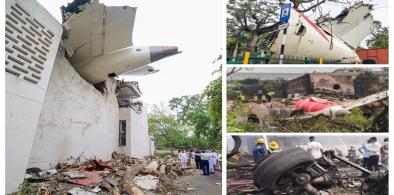
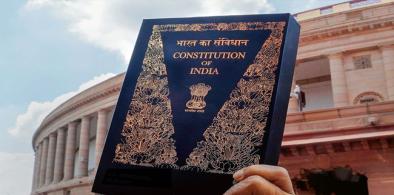
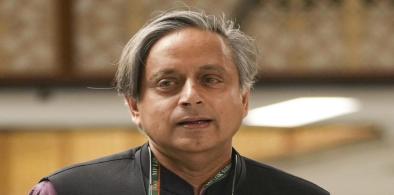


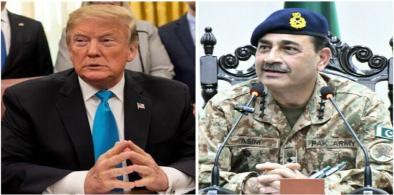

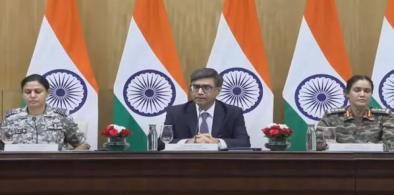








Post a Comment